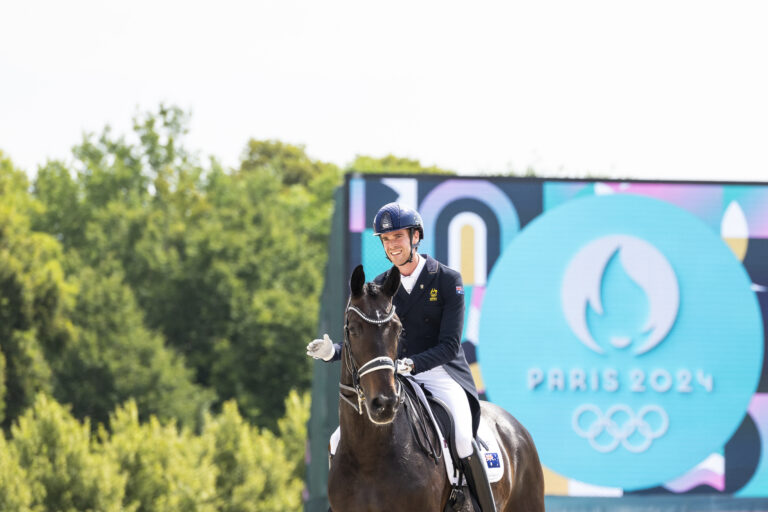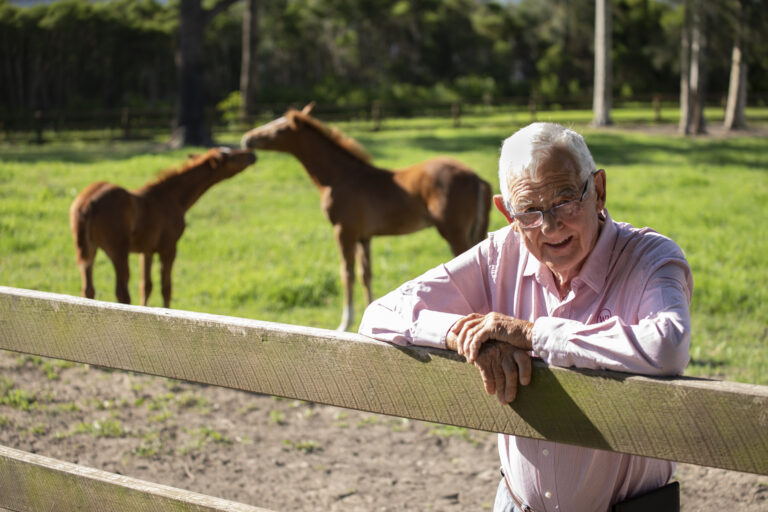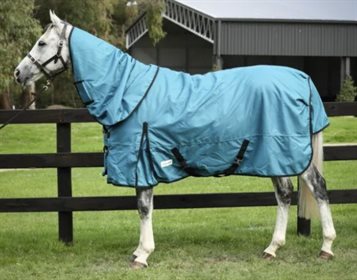Some horses are easier to photograph than others.
By Equestrian Life
In the age of social media, many of us want to share snapshots of our equine friends. From a happy snap in the paddock to a victory shot at that weekend event, many riders manage to post more images of their horse than they do of themselves.
Taking a great photo of your horse is no mean feat; thanks to Murphy’s Law, even the laziest pony will find it hard to stand still once the camera comes out!
If you enjoy capturing that odd photo on your smartphone, here are some tips to obtain a share-worthy snap:
1. Unless you are trying to capture a head portrait or are taking an artistic angle, try not to cut off the feet, ears or tails.
2. Keep the horizon line level for most photos. A very slight uphill angle can work well for some action shots, particularly in dressage!

A level or slightly uphill horizon line is best for action shots.
© Phil Kroll
3. Always tap the phone screen to ensure the camera is focussed on your subject, rather than the background.
4. When taking photos of your horse side-on, take care to ensure he is in proportion – from this angle, it’s easy to accidentally make your horse’s butt look big/head look small.
5. Watch out for the flash. If your horse isn’t accustomed to it, stand well back for that trial shot to see how they react – if your horse spooks easily, it’s best to just avoid using the flash.

While the blurring in this image was an intentional effect, a blurry action shot can also be caused by slow shutter speeds in low light.
© Phil Kroll
6. In low light, opt for still images. When it’s dull, your phone will keep the camera shutter open for longer to let more light in, and the built-in flash isn’t generally bright enough to compensate for particularly dull conditions. The result in this scenario is blurrier photos, particularly when there’s movement involved.
In low light conditions, stick to shots of your horse standing very still.

Action shots are best taken on bright, sunny days.
© Phil Kroll
7. Shots involving movement are best taken on bright, sunny days. Plenty of light means the shutter speed will be quicker, making it easier to capture crisp action shots.
Some phones have sports mode, while others are compatible with various sports mode apps – and this can help to capture movement. You can also try turning off ‘image stabilisation’ if you’re having trouble focusing quickly, as you shouldn’t really need it in bright conditions.
8. Dark coloured horses are also best photographed on brighter days. Cameras often have trouble focusing on dark coloured horses, resulting in a dark feature-less horse or an over-exposed background.

Dark horses can be harder to photograph well.
9. Still images of your horse ‘posing’ can often be the hardest and most frustrating to capture.
It really is a three-person job: the photographer, the handler and the distracter.
In some cases, you won’t want the handler in the shot – unfortunately, this can make the photo harder to capture. The second the handler takes a step back out of the frame, the horse is sure to follow.
This is where the distractor enters the equation: they can stand behind the handler and capture the horse’s attention with a waving hat or crinkling wrapper. This will help to ensure the horse’s ears are pricked and eyes focused, while also taking their attention away from the handler they want to follow.
It’s important to know your horse here; you don’t want the distractor to jump around and wave hats if the horse is going to quit your photography session with a rock-star tantrum of epic proportions.
Remember, you can crop the handler from the image so long as they’ve managed to get some space between themselves and the horse.

Still portraits are harder than they look to capture – especially if your horse won’t co-operate!
10. Get creative! Social media is all about having a bit of fun, so don’t be afraid to shoot images from a different perspective. Get down lower to make the horse look bigger, play around with the colour and brightness, or crop the image to create something totally different.
READ THE LATEST NEWS ARTICLES HERE








